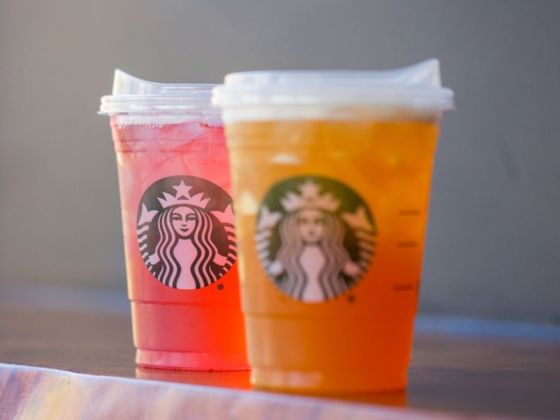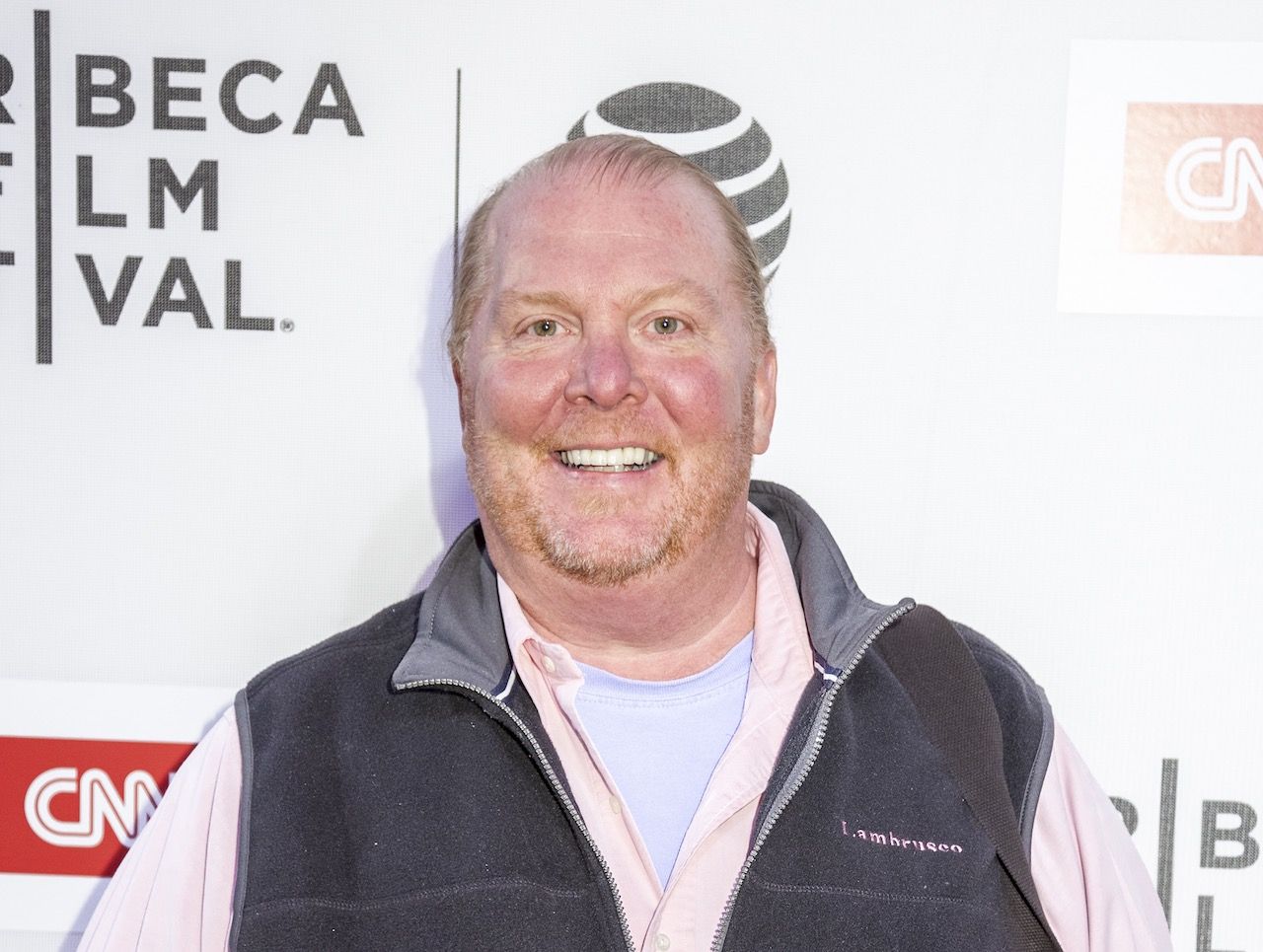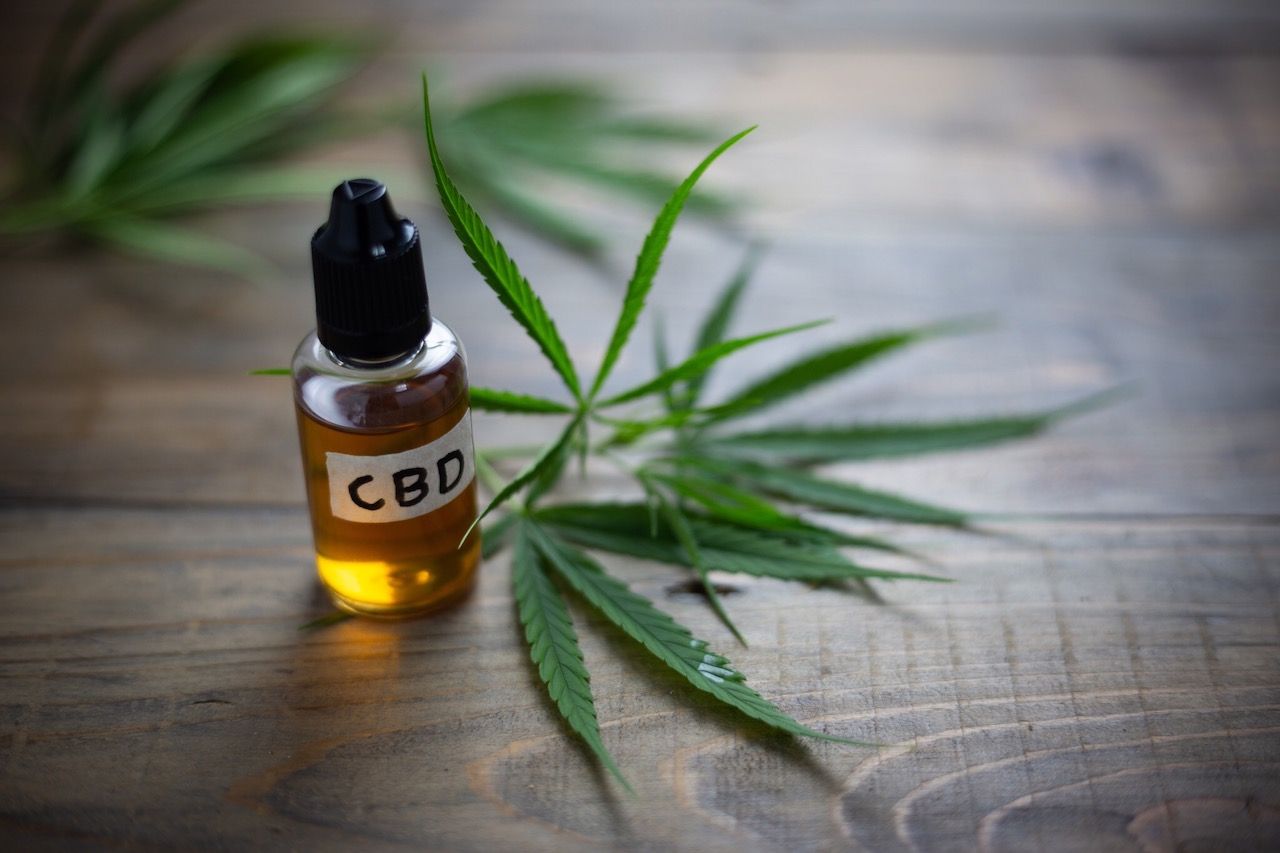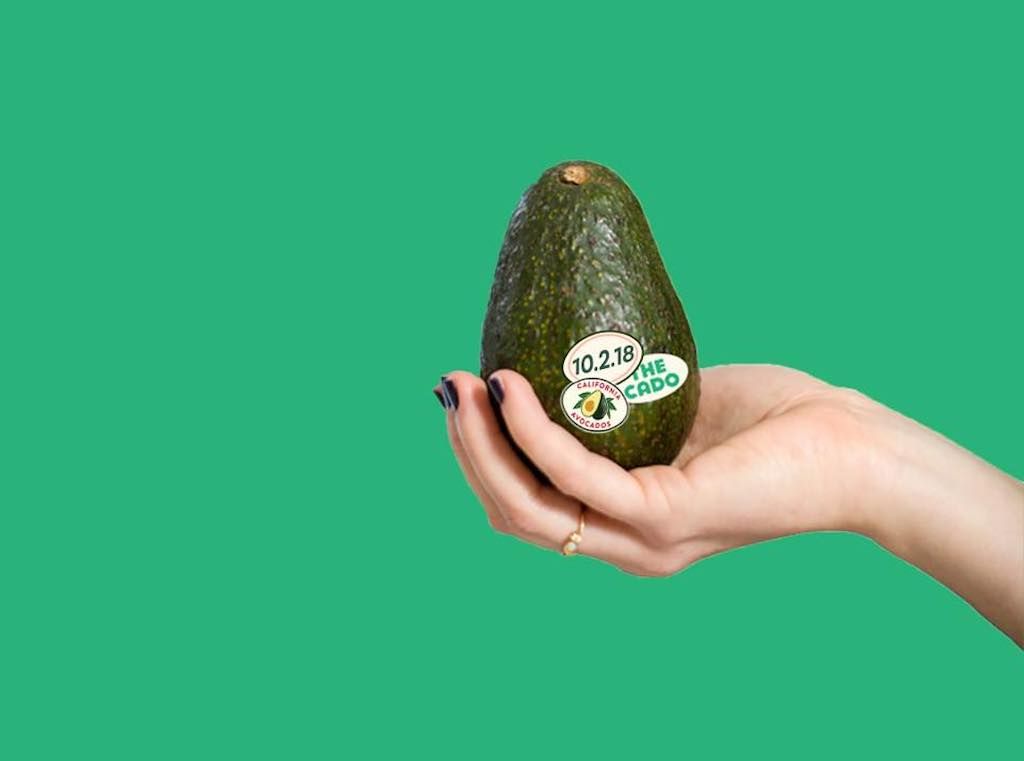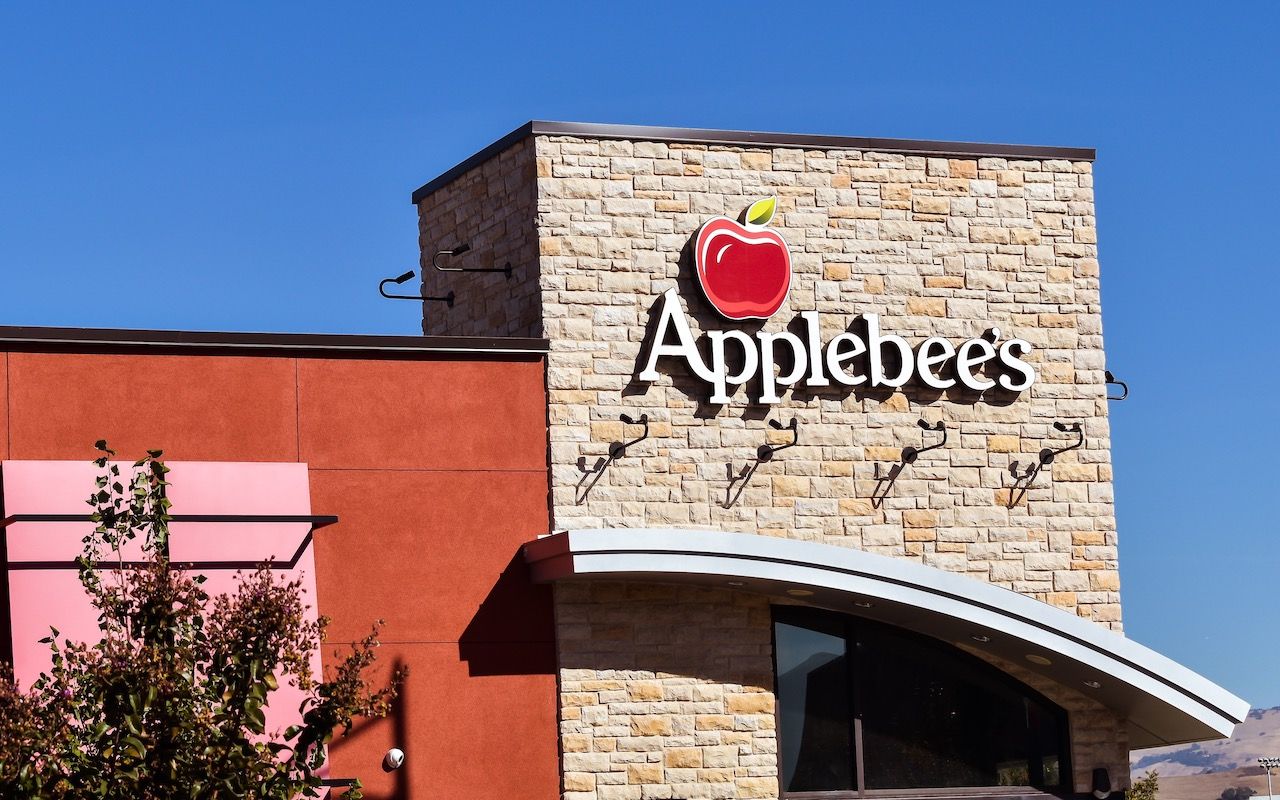A lot changed about the way we eat — and the way we think about food — in 2018. We lost Anthony Bourdain, a man who opened people’s eyes to other cultures and changed the way we think about how food and culture interact. Samin Nosrat, the author of Salt, Fat, Acid, Heat and host of a show of the same name, taught everyone with a Netflix account a new way to think about cooking around the world. There was more authenticity in restaurants, and some places the media had written off for dead were revived. Sustainability efforts became impossible to ignore.
2018 was a big year. These are some of the most important ways how we eat changed.
